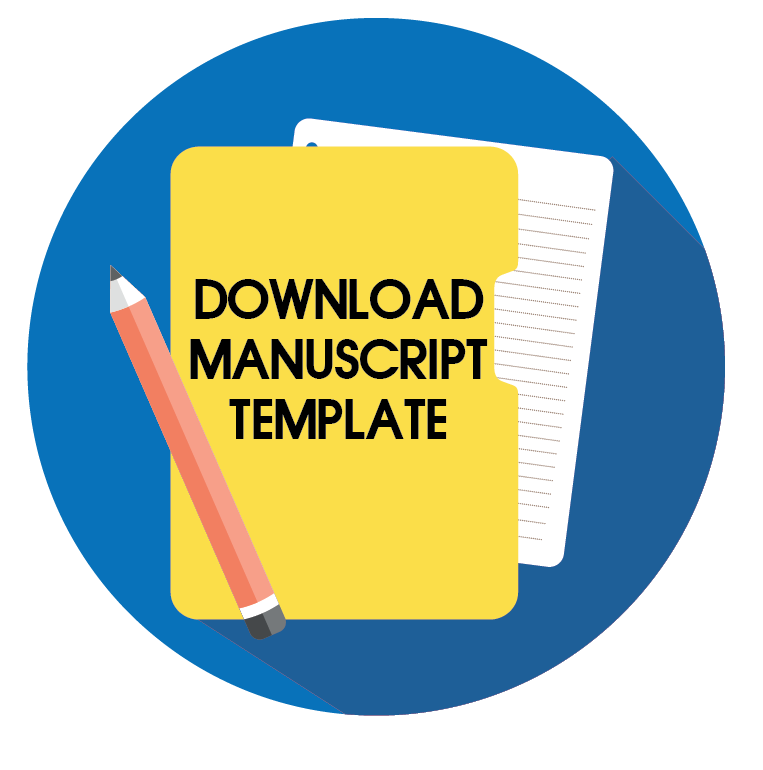Assessment of The Capacity Building Needs of Agricultural Science Teachers for Innovative Instructional Delivery in Secondary Schools in Rivers State, Nigeria
Abstract
Keywords
Full Text:
PDFReferences
Amabile, T. M. (1989). Growing Up Creative. New York: Crown.
Chukwu, C. L. (2009). Capacity Building of Teachers, Challenges and Opportunities: Implication for Educational Sustainability. A Paper presented at the University of Ibadan, Faculty of Education International Conference on Education for Sustainable Development (ICESD), May, 18-22.
Darling-Hammond, L., and Snyder, J. (2000). Authentic Assessment of Teaching in Context. Teaching and Teacher Education, 16, 523-545.
Egbo, B. (2011). Teacher Capacity Building and Effective Teaching and Learning: A Seamless Connection. Proceedings of the International Conference on Teaching, Learning and Change (C), International Association for Teaching and Learning (IATEL), Co-published by: Human Resource Management Academic Research Society.
Ekpiken, W. E. (2015). Capacity Building Strategies for Teachers and Sustainable Development in Universities in Cross River State of Nigeria. Journal of Emerging Trends in Educational Research and Policy Studies, 6(7), 286-292.
Esiobu. (2005). Gender Issues in Science and Technology Education Development. In: Science and Technology Education for Development, Uvowi, U.M.O. (Ed.). Lagos: NERDC Press (pp. 137-156).
Fazekas, M., and Burns, T. C. (2011). Getting it Right: Capacity Building for Local Stakeholders in Education. A Background Paper for the OECD/Poland Conference tagged: “Effective Governance on the Local Level” held in Warsaw, Poland. April, 16-17.
Federal Government of Nigeria. (2004). National Economic Empowerment and Development Strategy (NEEDS). Abuja: National Planning Commission.
Federal Republic of Nigeria. (2013). National Policy on Education. Lagos: NERDC Press (p. 18).
Ferrari, A., Cachia, R., and Punie, Y. (2009). Innovation and creativity in education and training in the EU member states: Fostering creative learning and supporting innovative teaching. Literature review on innovation and creativity in E & T in the EU Member States (ICEAC). JRC Technical Note, JRC 52374. European Commission—Joint Research Centre—Institute for Prospective Technological Studies. Retrieved from: http://jrc.es/EURdoc/ JRC52374_TN.pdf. 6/05/2019.
Fullan, M. (2011). The Moral Imperative Realized, Corwin Press and Ontario Principals Council. Thousand Oaks, CA and Toronto.
Goldemberg, J., and Reid, W. (1998). Issues and options: The clean development mechanism. New York: United Nations Development Programme (UNDP).
Green, P. (1999). Building robust competencies. San Francisco, CA: Jossey-Bass.
Koster, B., Brekelmans, M., Korthagen, F., and Wubbels, T. (2005). Quality Requirements for Teacher Educators. Teaching and Teacher Education, 21, 157–176.
Luo, S. H., and Li, H. Z. (1997). Teachers’ Competency Theory. Jinan: Shandong Educational Press.
Martin, E., and Ramsden, P. (1994). Evaluation of the performance of courses in teaching methods for recently appointed academic staff. Canberra: Australian Government Publishing Service.
Ng, A.-K., and Smith, I. (2004). Why is there a Paradox in Promoting Creativity in the Asian Classroom? In S. Lau, A. N. N. Hui, and G. Y. C. Ng (Eds.), Creativity: When East meets West (pp. 87–112). Singapore: World Scientific.
O’Sullivan, M. (2007). The Reconceptualisation of Learner-Centred Approaches: A Nambian Case study. International Journal of Educational Development, 21(3), 173–193.
Obanya, P. (2012). Education and Reforms. Keynote Address presented at the 25th Annual Conference of the Philosophy of Education Association of Nigeria PEAN, held in Delta State University, Abraka, Nigeria.
Osuji, C. U. (2014). Capacity Building of Teachers as A Strategy in Bridging the Gap in Nigerian Educational System. African Education Indices, 7(1), 1-15.
Peretemode, V. F., and Peremode, O. (2005). Human Resource Management: Principles, Practices and Policies. Lagos: Onosomegbowho Ogbinaka Publishers Ltd.
Redecker, C. (2008). Review of Learning 2.0 Practices: JRC-IPTS. Retrieved from: http://jrc.es/EURdoc/JRC49108.pdf 30/04/2019.
Segers, E., and Verhoeven, L. (2009). Learning in a Sheltered Internet Environment: The Use of Web Quests. Learning and Instruction, 19, 423–432.
Slabbert, J. A. (1994). Creativity and Education Revisited: Reflection in Aid of Progression. Journal of Creative Behavior, 28, 61–69.
Stipek, D. J., Givvin, K. B., Salmon, J. M., and MacGyvers, V. L. (2001). Teacher’s beliefs and practices related to mathematics instruction. Teaching and Teacher Education, 17, 213–226.
Stoof, A., Martens, R., van Merrienboer, J., and Bastiaens, T. (2002). The Boundary Approach of Competence: A Constructivist Aid for Understanding and Using the Concept of Competence. Human Resource Development Review, 1, 345–365.
Tigelaar, D. E. H., Dolmans, D. H. J. M., Wolfhagen, I. H. A. P., and van der Vleuten, C. P. M. (2004). The Development and Validation of a Framework for Teaching Competencies in Higher Education. The International Journal of Higher Education and Educational Planning, 48(2), 253-268.
Udofot, M. A. (2005). Ensuring Qualitative Teachers for Sustainable Nigerian Education System. A lead paper presented at the Nigerian Primary and Teacher Education Association (T) Asaba, Delta State, June 13-17.
UNESCO, U. (2005). Decade of education for sustainable development: 2005-2014. Draft International Implementation Scheme.
Whitman, N. (1983). Teaching Problem Solving and Creativity in College Courses. AAHE -ERIC/Higher Education Research Currents, 2-7.
Young, S., and Shaw, D. (1999). Profiles of Effective College and University Teachers. Journal of Higher Education, 70 (6), 670–686.
Zhu, C., and Wang, D. (2014). Key Competencies and Characteristics for Innovative Teaching among Secondary School Teachers: A Mixed-Methods Research. Asia Pacific Education Review, 15, 299-311.
Zhu, C., Wang, D., and Engels, N. (2013). What Core Competencies are related to Teachers’ Innovative Teaching? Asia-Pacific Journal of Teacher Education, 41(1), 9-27.
DOI: https://doi.org/10.17509/invotec.v15i2.19631
Refbacks
- There are currently no refbacks.
Copyright (c) 2019 Innovation of Vocational Technology Education

This work is licensed under a Creative Commons Attribution-ShareAlike 4.0 International License.
This journal provides immediate open access to its content on the principle that making research freely available to the public supports a greater global exchange of knowledge.

This work is licensed under a Lisensi Creative Commons Atribusi-BerbagiSerupa 4.0 Internasional.



